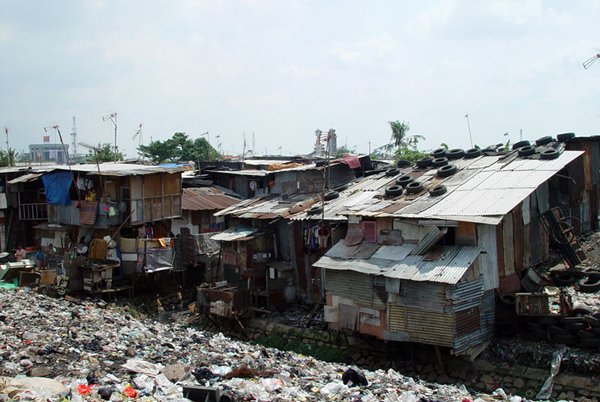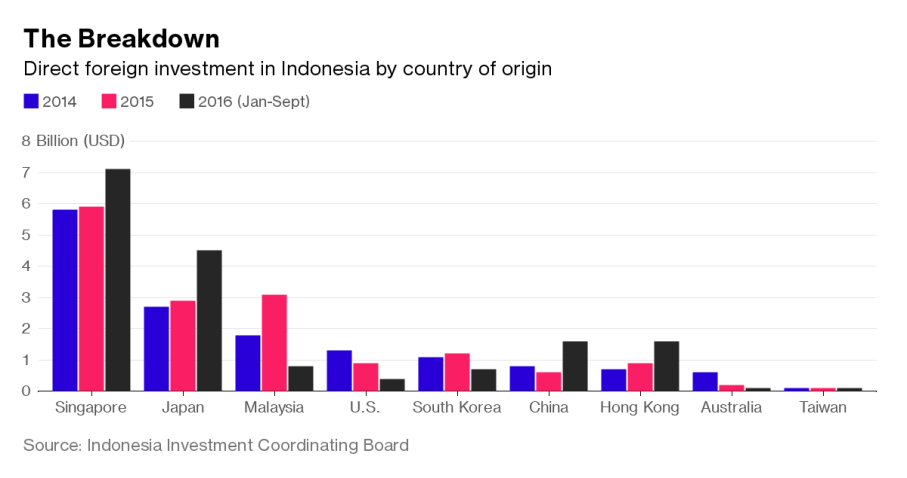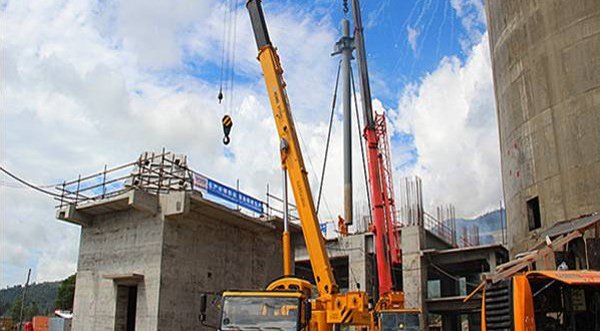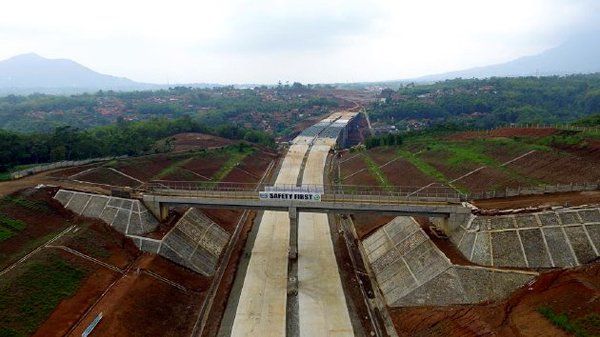Indonesian Infrastructure Early Beneficiary of Belt and Road Backing
HKTDC Research | 24 Jan 2017
Indonesian Infrastructure Early Beneficiary of Belt and Road Backing
The setting for the launch of the Belt and Road Initiative, Indonesia has been one of the first to benefit from the massive investment China has subsequently unleashed in order to deliver its ambitious global logistics and infrastructure upgrade.

Jakarta slums: Set to be cleared in a massive China-backed development programme.
It wasn't by chance that Xi Jinping, the Chinese President, chose Indonesia as the setting for the 2013 launch of the Belt and Road Initiative (BRI). As the largest economy in the ASEAN bloc and with the highest population, Indonesia is rich in the natural resources that China lacks. Despite this, its growth has long been hamstrung by poor infrastructure and limited investment. By contrast, China is short on natural resources, flush with money to invest and eager for new markets to replace the still flagging demand in the US and Europe. For many, then, there is a natural fit between the two economies.
Subsequently, Indonesia has proved to be a key link in the proposed Maritime Silk Road, the element of the BRI that focuses on the development of sea ports, aviation resources, energy and communications. An archipelago nation, Indonesia has been noticeably short of investment in all of these sectors.
According to figures from the country's Ministry of National Development Planning (Bappenas), Indonesia needs IDR7,200 trillion (US$600 billion) to support its planned infrastructure upgrades over the 2015-2020 period. With the central government only able to supply about 25% of the required funding, overseas investment is seen as essential. It is hardly surprising, then, that Indonesia has been a prime supporter of the China-driven Asian Investment Infrastructure Bank (AIIB). At present, it is the AIIB's eighth-largest shareholder, with a capital subscription of $3.36 billion.
Although Indonesia had already found some success in boosting its inward investment, since the launch of the BRI programme its progress has accelerated substantially. According to the Indonesian Investment Coordination Board, the country attracted inward investment of $628 million in 2015. For 2016, the total for the first quarter alone stood at $500 million.
There has also been a fundamental change in the source of its investment. Most notably, US FDI in Indonesia has declined dramatically, falling from 8.3% in 2013 to 2% in 2015. This shortfall, however, has been more than made up for by investment from Singapore, Japan, China and Hong Kong.

China, of course, has significantly ramped up its investment. In 2015, a financing framework of $3 billion was agreed upon in a Memorandum of Understanding (MoU) between the Chinese and Indonesian governments. This saw the China Development Bank agree to fund 52 projects in co-operation with a number of local Indonesian financial institutions.
Speaking after the announcement of the MoU, Azhar Lubis, the Deputy Chairman of the Indonesian Investment Coordination Board's Department of Investment Supervision, said: "Over the coming years, the level of potential investment from China will remain high. Our biggest challenge is ensuring that potential can be realised quickly."
To date, one of the major projects to have received Chinese funding is the Tanjung Sauh Port on Batam Island, an Indonesian Free Trade Zone just to the south of Singapore. Backed by investment from the China CAMC Engineering Company, it is hoped that the first phase of the redevelopment of this container-focussed facility will raise its capacity to four million TEUs.
The AIIB has also approved $216.5 million of funding for Indonesia's National Slum Upgrading Project. The initiative has been co-financed with the World Bank and is intended to improve access to urban infrastructure and services for the 9.7 million of the poorest residents of 154 towns and cities across Indonesia.

Concrete investment: The Papua Cement Plant.
In terms of rail infrastructure, the Jakarta-Bandung High Speed Link is now being developed by PT Kereta Cepat Indonesia China. The company is a joint venture between a consortium of Indonesian state-owned businesses and China Railway International, with the project being backed by the China Development Bank.
On the utility front, PLN – a state-owned Indonesian electricity provider – has signed up to deliver 17,331 megawatts, with Chinese companies set to utilise 46% of this capacity. China has also funded the construction of the Medan-Kuala Namu-Tebing Tinggi Toll Road in Sumatra, the Cisumdawu Toll Road in Java, the Manado-Bitung Toll Road in North Sulawesi and the Samarinda-Balikpapan Toll Road in Kalimantan. Mainland money also contributed to the costs of constructing the Manokwari Cement Production Plant in Papua.

Backed by mainland money: The Cisumdawu Toll Road in Java.
Hong Kong, too, has been keen to accelerate its own investment programme, signing an MoU with representatives of Indonesia in May 2016. Highlighting the role Hong Kong is playing in the development of the BRI, Charles Ng, InvestHK's Acting Director General of Investment, said: "The MoU signed with Indonesia is the ninth that we have signed with a country along the BRI route. As a 'super-connector' between mainland China and the ASEAN bloc, Hong Kong provides an excellent platform for any Indonesian company looking to access the vast mainland market, as well as for any mainland business looking to explore the ASEAN market."
Geoff de Freitas, Special Correspondent, Jakarta





